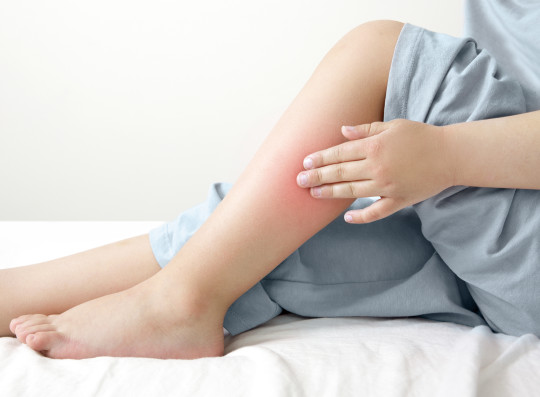"Growing pains" is a term commonly used when children experience leg pain during their years of growth. The exact cause of these pains remains unknown to doctors but it is important to understand that these pains are not directly caused by the child's physical growth, nor are they the result of a medical problem.
While growing pains can be uncomfortable, they are generally not a cause for alarm. They also do not lead to any lasting harm or health issues.
Growing pains often first appear during a child's toddler years. Once they begin, these pains might come and go intermittently over a span of one or two years. They can also emerge later in a child's life, even during the teenage years.
It's important to note that the child won't experience pain continuously. There could be days, weeks, or even months without any growing pains. The areas affected by pain won't feel warm, and there won't be any signs of swelling, redness, or other color changes.
And not all children will go through the experience of growing pains.
Key symptoms associated with growing pains include:
- Pain localized in the muscles, not the joints.
- Pain that tends to occur later in the day, typically in the afternoon, evening, or at night.
- Pain that can be severe enough to wake the child from sleep.
- Pain mainly concentrated in the thighs or calves and often affecting both legs.
- Increased pain if the child had been particularly active during the day.
- Pain that subsides by the morning.
Seek medical attention if your child's pain:
- Occurs in only one leg.
- Persists throughout the day.
- Is exacerbated by physical activity.
- Doesn’t allow them to put weight on the leg
- Worsens over time.
- Doesn't subside after a few days.
In such cases, it's recommended to consult a doctor or a nurse advice line.
It's important to remember that if your child appears ill, experiences pain during the day or during specific activities, or if the pain worsens over time, it's less likely to be growing pains.
Managing growing pains:
- Provide comfort to your child, acknowledging their pain while assuring them it's not a serious issue and will eventually subside.
- Try gentle massaging of the affected area.
- Apply heat, using a warm cloth or a hot water bottle (with a cloth barrier between the heat source and the skin).
- Administer over-the-counter pain relievers like acetaminophen (Tylenol) or ibuprofen (Advil, Motrin), following proper dosage instructions.
- Avoid giving your child multiple pain medicines simultaneously unless specifically advised by a doctor, as many pain medications contain acetaminophen (Tylenol), and excessive consumption can be harmful.
- Encourage your child to maintain their regular activities, as refraining from them won't prevent growing pains.
